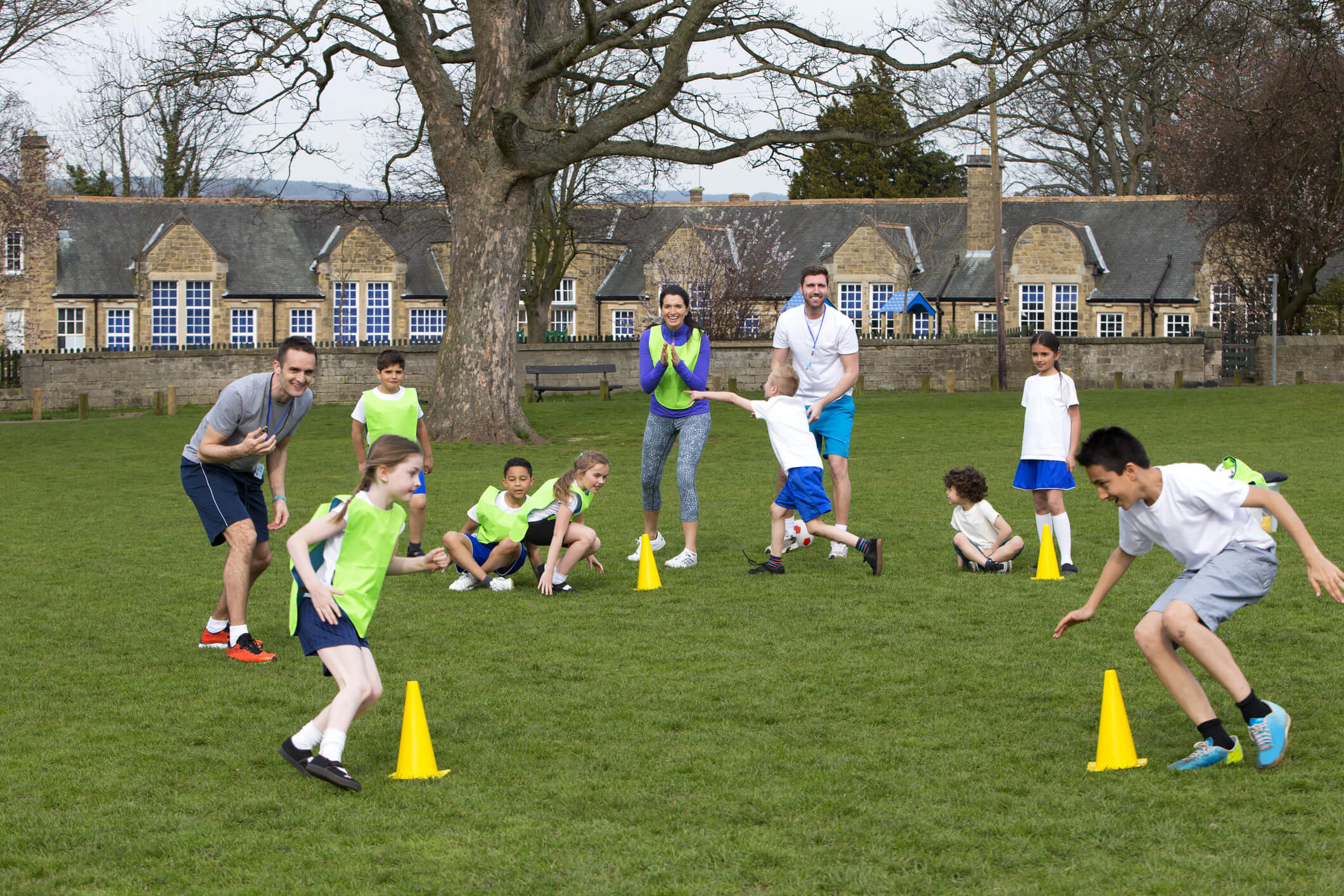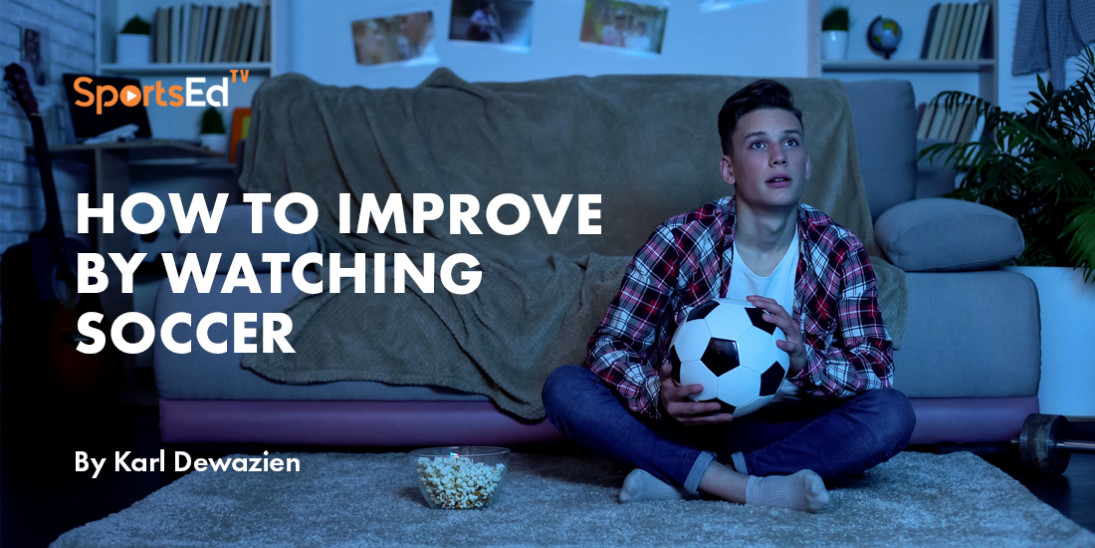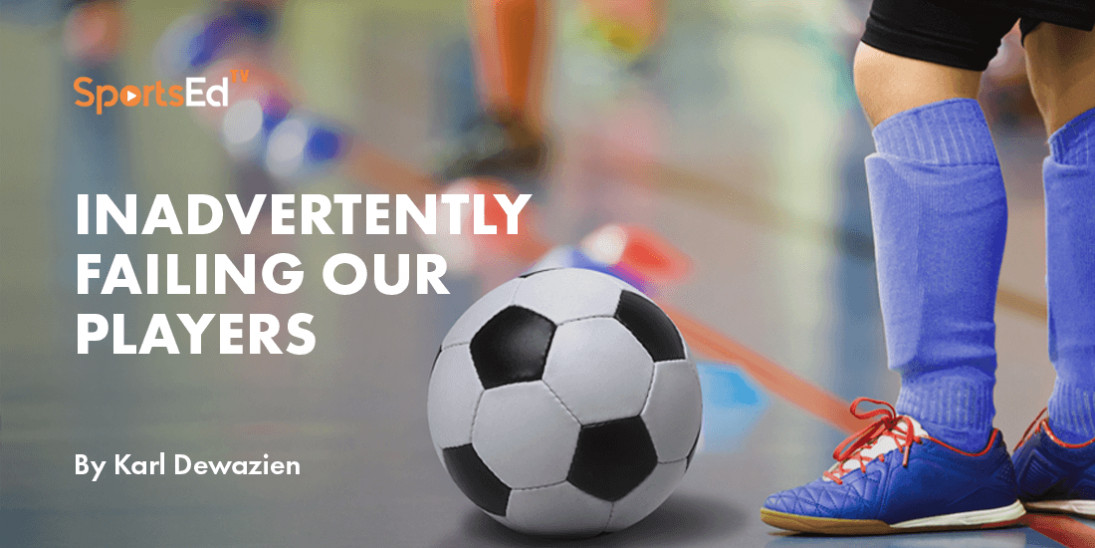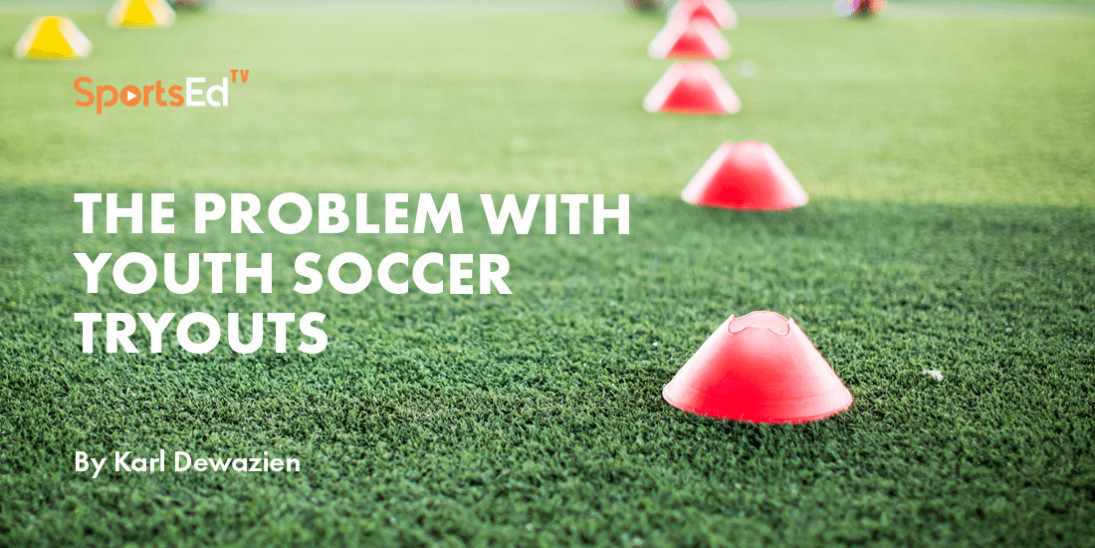Soccer
Welcome and thanks for visiting...

Adding The 'S' Factor To Your Youth Soccer Practice

Successful youth soccer coaches have put the FUNdamental SOCCER' 9-Step Practice' into ACTION. However, these same coaches found that just following this 'routine' was not enough. They needed to add one more 'secret' ingredient to the formula --- The 'S' factor.
Sean McCann, Ph.D.; U.S. Olympic Committee Performance Services, Sport Psychologist … Article, "Routines, Rituals and Performing Under Pressure
Routines help athletes:
- Do the right things
- Prevent dumb mistakes
- Avoid doing the wrong things
- Make useful behavior automatic
- Reduce thinking and decision making
- Enhance feelings of control and confidence
- Stay active and focused on useful behaviors
- Increase the opportunity for their brain to focus on the proper things
Their '9-Step Practice' now includes the following ACTION - S :
Activity!
Appropriate soccer activity had to be their primary goal when planning and running a practice session. The successful coaches came to this conclusion when they realized that their Players came to practice to Play –SOCCER. The flexible '9-Step Practice' fulfilled this goal by giving them the luxury to organize individual, small group, large group, and team games in every practice session.
Consistency!
They knew that the key to creating good soccer habits would come from good consistent repetition. They needed to find a source to provide them with such an approach. Fortunately, they did not have to go very far to find such a source. The source was already part of every child's life and found in every community. Yes, their local schools had already prepared the children to function in a routine that needed only minor adjustments to fit their needs. And here is a sample of just such a school routine which was adjusted into a practice session routine:
School —— Practice
Recess —— Pre-Practice
Bell Rings —— Team Cheer
Go quietly to room —— Step 1. Practice Begins
Take roll —— Step 2. Warm-up
Check Homework —— Step 3. 1 + 1
Quiz on Homework —— Step 4. 1vs. 1
Introduce ‘new’ materials —— Step 5. Half-Time
Work on new material —— Step 6. Small-Sided Games
Combine old and new material —— Step 7. Scrimmage
Review old and new —— Step 8. Cool down
Assign new homework —— Step 9. End Practice
Teaching less!
These coaches realized that when their players and the ball were moving, soccer learning was taking place. When their players and the ball stopped moving, soccer learning stopped!
They asked themselves - Does it happen in the game, i.e., Lectures, Lines, Laps, Wearing street clothes and hats? Etc.
If the answer was YES -then they did it in practice.
If the answer was NO, they did not do it in practice.
They remembered that their Players came to practice to Play Soccer and Prepare for the next game!
Interest
in playing soccer needed to be developed. They faced players who were not interested in playing our wonderful game and adjusted accordingly. They gave appropriate attention to the disinterested player but not at the rest of the team's expense. They made the practices so much FUN that the disinterested player, in many cases, wanted to join. They remembered that when they were working with their players, they had to be as helpful, understanding, and patient as when they were with their children and learning other skills in life.

Organizing
the practice sessions made it apparent that it was a rehearsal for the game-day routine. They accomplished this by using our sequential 'routine,' which allowed their players to learn what they expected. They were wise and avoided -- variety. They realized that introducing something 'new' at each practice session led to confusion, and confusion often led to disinterest.
No Lapse. No Lines. No Lectures!
These successful coaches knew that running 'around the field' never occurred during the game – So they did not practice it! They also knew that their players were brilliant at standing in lines – No need to practice something they could already do! Finally, these coaches considered the attention span of their players, somewhere in the 15 seconds or less range, and adjusted the length of their talking accordingly – They were very brief!
These successful coaches created a practice environment that Minimized Listening/Lecture time and Maximized Touches with the ball and Playing time. In other words, they allowed their players to play soccer in practice as individuals, in small and larger groups, and with the team. This playing environment forced their players to make decisions and learn on their own what would/could happen in the league game. They allowed their players to experiment and fail their way to success in every practice!
However, they also realized that 'the 9-Step Practice' allows them to adjust their sessions to the skill level, interest, and needs of their players lacking in one vital ingredient, which is what they added…
Self -Discipline
These coaches began to focus on teaching the art of self-control because they realized that today’s bickering could be tomorrow's back-talk. That today's pushing and shoving could result in tomorrow's fight. Today's disruptive practice player could become tomorrow's 'red-carded' game player.
They created practice session rules and expectations through individual and team discussions. They had the team decide, with help when needed, what is appropriate and inappropriate in practice. They said it was fun to have their players vote on their practice session rules.
They found that the secret to good practice session discipline was acting firmly, fairly, consistently, and matter-of-factly when the players' actions went against their established rules.
No longer were players allowed to dress in their everyday clothes and wear hats while practicing – they had to dress like soccer players, ready for inspection. No longer were they allowed to idly chatter once practice started - that was to be taken care of before or after practice. They were no longer allowed to mess around – disruptive behavior resulted in the player(s) being carded and possibly dismissed from that practice.
Their quest was to correct, mold, and perfect players' actions and reactions in practices –Today. They realized that the way a player practices is the way they can be expected to play in the game - Tomorrow.
Their immediate goal may have been teaching their players how to behave in their practices. They did not realize that the long-term results would prepare their players for future practices and other coaches.
What an outstanding long-term result – Future coaches can focus strictly on the players' technical and tactical development!








